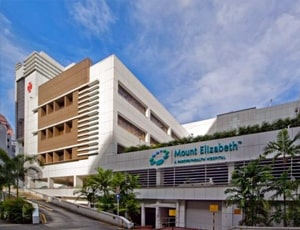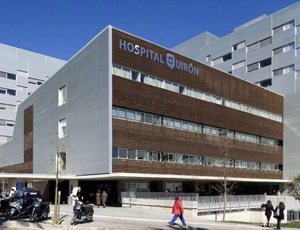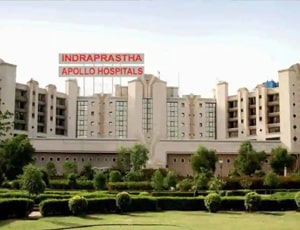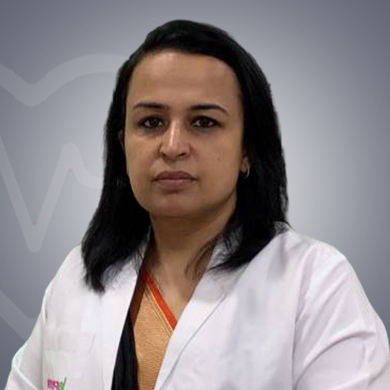Uterine fibroids are one of the most common causes of infertility and may cause pain and excessive bleeding during menstruation. They have also been linked to infertility in women.
Genetic changes, hormonal imbalance, extracellular matrix, and other growth factors are responsible for the presence of fibroids. The growth rate and size of the fibroids may vary from one woman to the other. There are times when fibroids may even shrink on their own.
Depending on the location of the fibroid in the uterus, they may be categorized into subserosal, mucosal, pedunculated, or fundal fibroids.
However, it is possible to get rid of troubling uterine fibroids with the help of a surgery. Fibroid removal surgery is of different types and is most commonly known as myomectomy.
Depending on the size, location, and shape of fibroid, fibroid removal surgery could be performed using any of the following two techniques:
If there is a single, small fibroid, the specialist may choose non-surgical fibroid removal (uterine fibroid embolization or radiofrequency ablation) to remove the growth. However, if the size of the fibroid is large or if there are multiple uterine fibroids, surgery is often considered to be the best solution.
Minimally invasive myomectomy or fibroid removal surgery is nowadays most common and can be performed with much ease and success.
Not all of the women need to undergo a surgery to get rid of the fibroids. It is only when there are certain issues that need to be taken care of when the surgery is recommended.
The following are the appropriate candidates for fibroid removal surgery:
Myomectomy or fibroid removal surgery can be done through the following approaches:
The patient is asked to fast for about 12 hours before the surgery and also given laxatives to clear the bowel a night before.
The surgery is performed under general anesthesia. The procedure itself takes anywhere from 60 to 120 minutes, depending on the approach for the surgery.
The fibroids are excised with the help of tools and the stitches are closed back up. The hospital stay for the candidate is about 1 to 2 days.
Laparoscopic myomectomy is more common as compared to hysteroscopic myomectomy because the latter is riskier and requires special expertise. Open surgery, on the other hand, though common, is preferred only in the case of large fibroids in a location that is difficult to be accessed through the laparoscope.
Recovery after fibroid removal surgery is rather quick. The patient is usually discharged after one or two days of the surgery. They are advised to bed rest for about 10 days and not to lift any heavy objects.
The stitches removal takes place 10 days after the surgery. However, precautions in terms of not lifting heavy objects and avoiding heavy exercising and workout must be followed for at least a month of the surgery.
Gradually, the candidate can return to a normal routine. They are usually allowed to return to their jobs within 2 weeks of the surgery.

Singapore, Singapore
Mount Elizabeth Hospital is a multispecialty healthcare facility operated by Parkway Health. The hos...more
![]() Private Rooms
Private Rooms
![]() Translator
Translator
![]() Nursery / Nanny Services
Nursery / Nanny Services
![]() Airport Pick up
Airport Pick up

Barcelona, Spain
Quironsalud Barcelona Hospital is built at a very convenient location in Barcelona. The hospital is ...more
![]() Accommodation
Accommodation
![]() Airport Transfer
Airport Transfer
![]() Choice of Meals
Choice of Meals
![]() Interpreter
Interpreter

Delhi, India
Equipped with more than 50 specialty institutes, Indraprastha Apollo was started with the vision of ...more
![]() Private Rooms
Private Rooms
![]() Translator
Translator
![]() Nursery / Nanny Services
Nursery / Nanny Services
![]() Airport Pick up
Airport Pick up

Infertility & Laproscopy & Gynecologist
Delhi, India
18 Years of experience
USD 35 for video consultation

Gynaecologist
Dubai, U.A.E.
25 Years of experience
USD 150 for video consultation

Infertility & Laproscopy & Gynecologist
Delhi, India
38 Years of experience
USD 50 for video consultation

Gynecologist
Delhi, India
20 Years of experience
USD 28 for video consultation